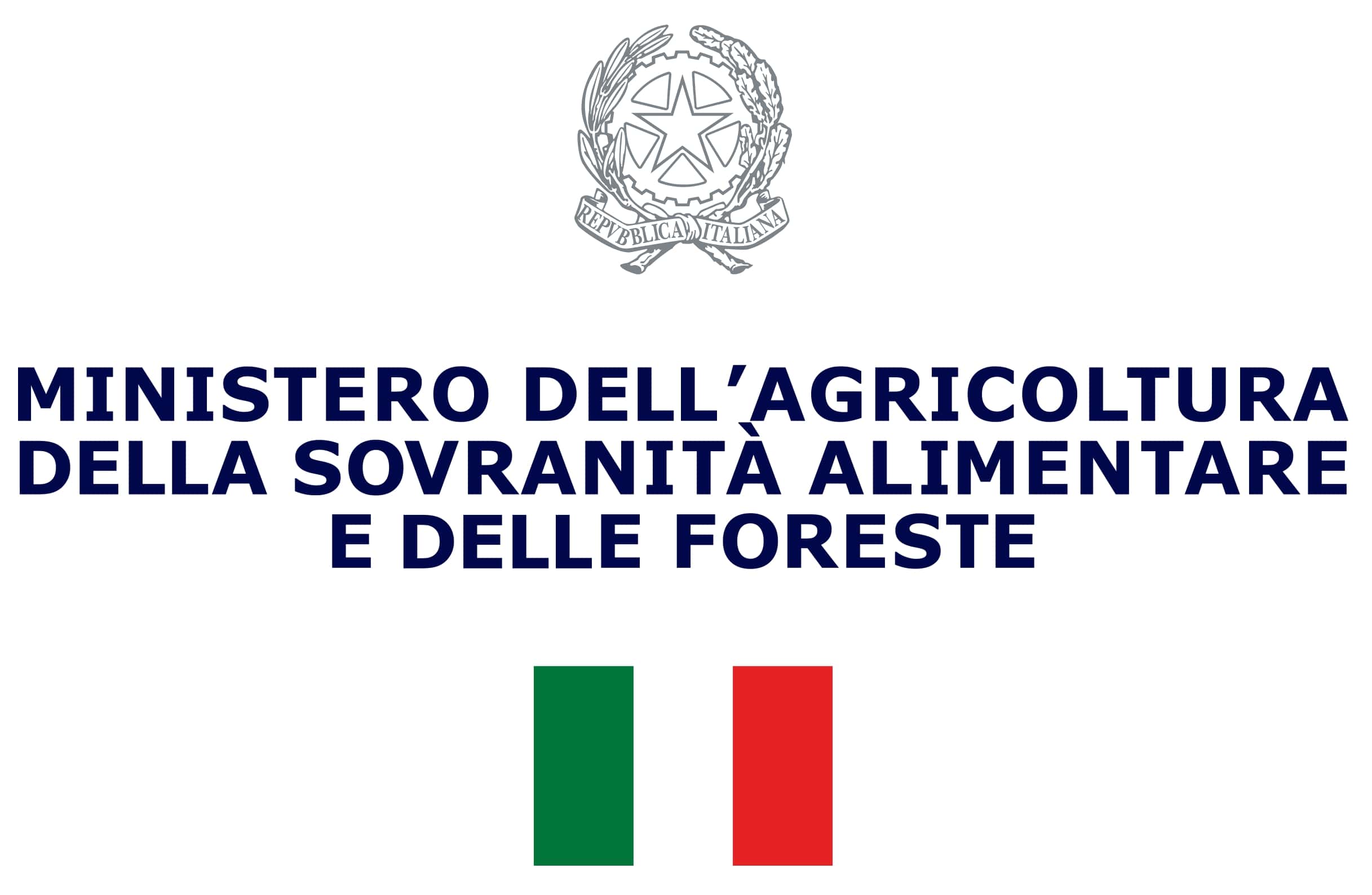Over 750 million olive trees are cultivated worldwide, 95% of which are in the Mediterranean region. Several insects, pathogens and nematodes affect olive trees, threatening olive production. Both the number of pests and diseases and their frequency has increased dramatically in recent years, causing serious damage to overall EU olive production. Trade and the movement of goods and people, climatic variations and changes in farming practices have facilitated the introduction, spread and establishment of some pests and diseases in olive production. To mimimise crop losses and economic damage and protect olive cropping systems in the future, it is essesential to recognise and understand the nature of these pests and pathogens and the interactions between the olive crop and the agro-ecological conditions in the different olive-producing regions in Europe. The potential impact of future climate scenarios on these issues will need to be taken into account. Although pesticides are often used to protect olive crops against pests and disease attacks, there is increasing concern about the effects of pesticides on the environment, human health and product quality. In addition, olive farmers have to adopt new management practices for controlling pests and pathogens following the European directive on Sustainable Use of Pesticides (DIRECTIVE 2009/128/EC). Within this general framework, one main question arises: How can we increase the sustainability of olive growing, taking into account the risks brought about by pests and diseases? To answer this question, 19 experts from the five main EU olive producing countries were brought together in a Focus Group to explore more sustainable farming practices, including the use of non-chemical pesticides to tackle the main diseases and pests threatening EU olive production. The Focus Group worked together for around 12 months and met face-to-face twice to carry out the following main tasks: Make an inventory of the main pests and diseases affecting the olive tree, including their geographical distribution and economic impact. Summarise and provide their own perception on how climatic change is likely to impact the distribution and occurrence of such pests and diseases as well as their impact on olive growing, regarding current practices and environmental conditions. Take stock of good farming practices across different regions in Europe to manage main olive diseases and pests, including IPM strategies. Explore potential innovative solutions to manage pests/diseases based on agro-ecological principles such as biodiversity. Discuss these practices, highlight both existing success and fail factors in pest and disease management in olive production, including the socio-economic dimension. Identify needs from practice and possible gaps in knowledge, which may be solved by further research. Suggest innovative solutions and provide ideas for EIP-AGRI Operational Groups and other innovative projects.
Autori
EIP-AGRI Focus Group
Produzioni
Parole chiave
Tecniche produttive



